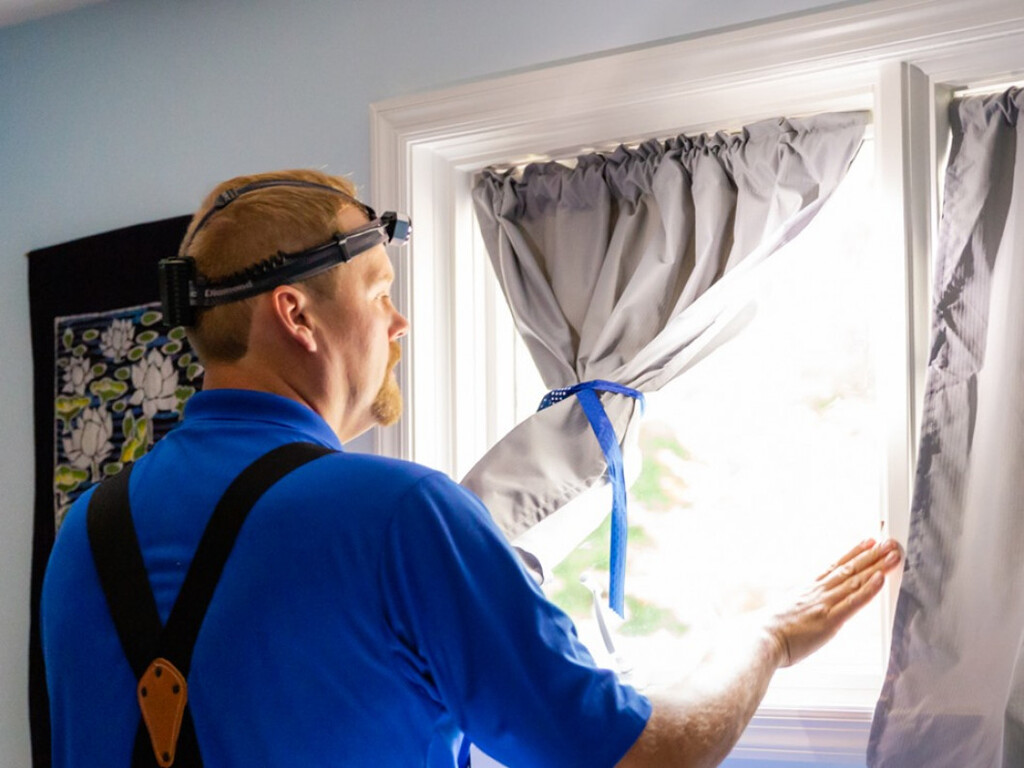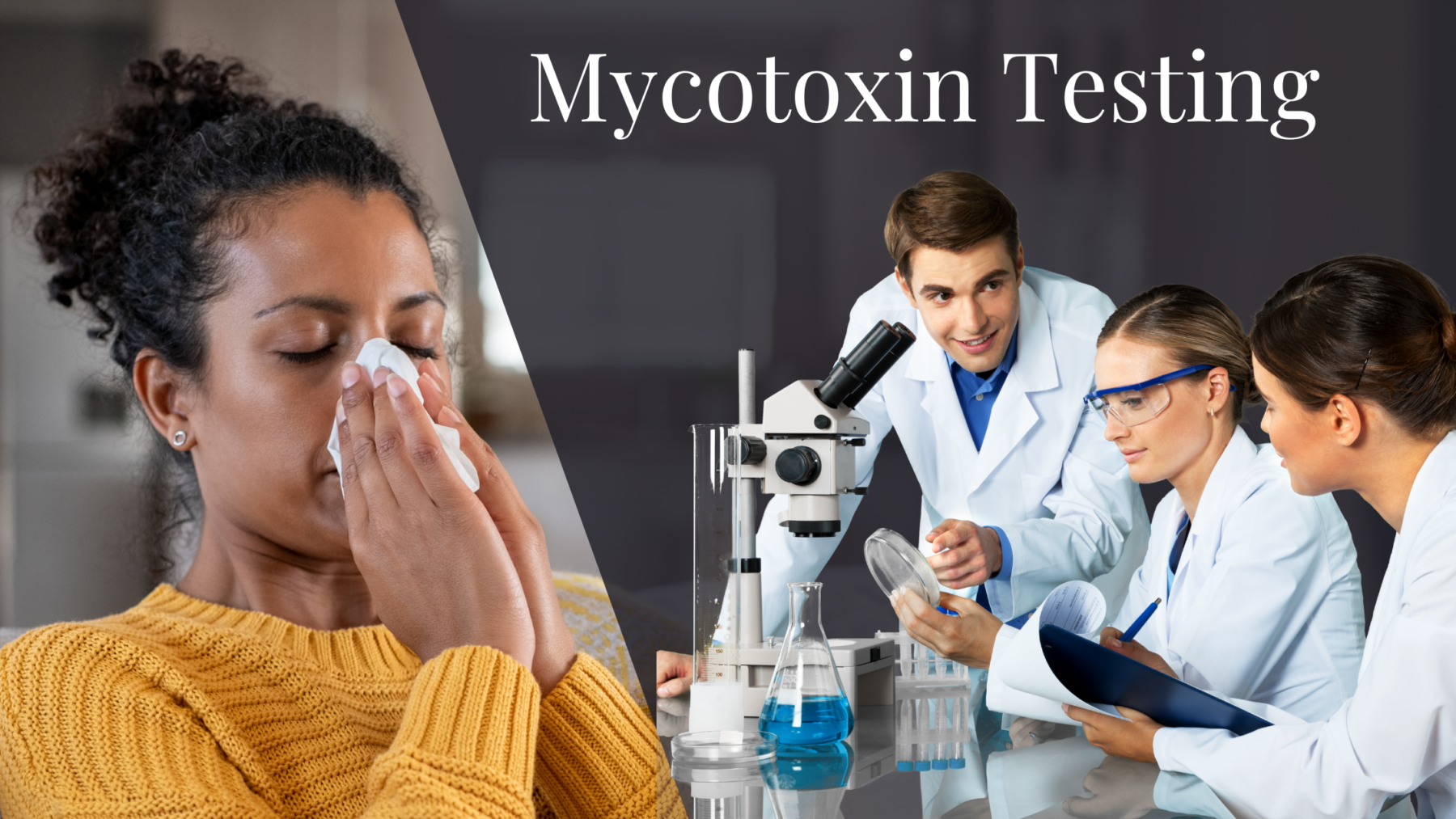Comprehending the Significance of Dependable Mycotoxin testing Services
Comprehending the Significance of Dependable Mycotoxin testing Services
Blog Article
How Mycotoxin Screening Assists Protect Against Contamination and Secure Food Supplies

Mycotoxin testing is a crucial technique in the food market, serving as a frontline protection versus contamination by dangerous toxins produced by molds. Via the application of innovative methods like High-Performance Liquid Chromatography (HPLC) and Liquid Chromatography-Mass Spectrometry (LC-MS), food producers can properly evaluate and identify mycotoxin degrees in farming products. This aggressive approach not only makes sure compliance with rigorous security guidelines yet additionally mitigates health and wellness threats to customers. Routine testing fortifies brand name credibility and financial health by reducing contamination-related cases. So, just how specifically do these screening methods integrate into the wider food safety approach?
Comprehending Mycotoxins
Understanding mycotoxins starts with identifying that they are hazardous second metabolites generated by specific molds, which can pollute farming products. These metabolites are not important for the development or recreation of the fungis but can have severe implications for animal and human health and wellness. Mycotoxins are generally found in staple crops such as corn, wheat, barley, and nuts, where they can proliferate under particular conditions of moisture and temperature.
There are numerous sorts of mycotoxins, each produced by different fungal species. Aflatoxins, generated by Aspergillus varieties, are amongst one of the most well-known, recognized for their cancer causing buildings. An additional substantial team consists of ochratoxins, produced by Aspergillus and Penicillium types, which have nephrotoxic effects. Fusarium species produce fumonisins and trichothecenes, both of which are connected with different severe and chronic health problems.

Threats of Mycotoxin Contamination
The dangers of mycotoxin contamination are multifaceted, posturing considerable risks to both food safety and public health and wellness. Mycotoxins, hazardous compounds produced by specific types of fungi, can pollute a variety of farming products consisting of grains, nuts, spices, dried fruits, and coffee. When these toxins infiltrate the food supply, they can cause significant health problems such as liver damage, kidney failing, and also cancer cells. Prone populations, including kids, the senior, and immunocompromised individuals, are specifically in danger.
Economic influences are one more significant issue. Contaminated plants can lead to substantial economic losses for farmers and food manufacturers as a result of reduced yields and the requirement for costly decontamination procedures. Worldwide profession can be considerably impeded as nations enforce stringent mycotoxin guidelines to protect their populaces, leading to rejected shipments and strained trade connections.
Ecological elements such as environment change worsen the danger of mycotoxin contamination. Variations in temperature level and humidity can create favorable conditions for fungal development, raising the possibility of contamination occasions. Thus, understanding and minimizing these dangers are vital for making certain the safety and integrity of worldwide food products.
Methods of Mycotoxin Examining
Properly identifying mycotoxin contamination in farming items is crucial for securing public wellness and keeping food safety and security requirements. Various techniques are employed to discover and quantify mycotoxins, each offering details benefits and constraints.
High-Performance Fluid Chromatography (HPLC) is an extensively utilized technique as a result of its high level of sensitivity and accuracy. It includes dividing mycotoxins from various other materials in an example, enabling accurate quantification. Similarly, Fluid Chromatography-Mass Spectrometry (LC-MS) incorporates fluid chromatography with mass spectrometry to supply in-depth molecular details, making it specifically beneficial for identifying several mycotoxins all at once - Mycotoxin testing Services.

Gas Chromatography-Mass Spectrometry (GC-MS) and Thin-Layer Chromatography (TLC) are likewise employed, each with distinct applications. GC-MS works for unpredictable mycotoxins, while tender loving care supplies an easier, affordable choice for initial testing.
Advantages of Normal Evaluating
Routine screening for mycotoxins in farming items provides many advantages, substantially contributing to public health and wellness and food safety and security. By identifying contamination early, normal testing aids prevent the circulation of hazardous foods, consequently reducing the danger of mycotoxin-related health problems among consumers. This proactive strategy not only safeguards human wellness yet also enhances the overall quality of food supplies.
Various nations and areas have developed rigorous limitations for mycotoxin degrees in food and feed. Adhering to these restrictions via routine testing makes certain that vendors and manufacturers satisfy lawful criteria, consequently staying clear of penalties and profession obstacles.
In addition, normal mycotoxin testing can lead to substantial economic benefits. Early detection of contamination enables timely intervention, lowering potential losses from extensive contamination. Applying routine screening procedures can also reduce recall costs and related responsibilities, which can be economically ravaging.
Additionally, routine testing supplies beneficial data that can inform much better agricultural methods and storage space problems. By recognizing patterns of contamination, producers can take on preventative steps, thus contributing and decreasing future threats to the sustainability of the food supply chain.
Implementing Checking Methods
Implementing reliable mycotoxin screening procedures is important for guaranteeing the try this out safety and top quality of agricultural products. Developing a robust screening framework includes several essential steps, beginning with the recognition of potential contamination points within the production and supply chain. This consists of pre-harvest, post-harvest, storage space, and circulation stages. Each stage should be looked at to pinpoint where mycotoxin contamination is probably to happen.
As soon as crucial control points are identified, picking ideal screening approaches is important. Typical techniques include enzyme-linked immunosorbent assay (ELISA), high-performance fluid chromatography (HPLC), and mass spectrometry (MS) Each technique has its weak points and staminas; therefore, choosing the correct one depends upon the details mycotoxin being examined, the required level of sensitivity, and readily available sources.

Lastly, incorporating the testing procedures into an extensive food safety monitoring system is a good idea. This enhances traceability and allows quick restorative activities when contamination is spotted, therefore guarding the integrity of the food supply chain.
Conclusion
Mycotoxin screening is important in stopping contamination and protecting food materials by allowing very early detection of harmful contaminants created by molds in agricultural items. Routine screening boosts brand name reputation, economic stability, and depend on in food safety and security by minimizing contamination-related losses and preserving high criteria in food production.
Mycotoxin screening is a vital method in the food market, offering as a frontline defense against contamination by harmful toxins generated by molds. An incorporated technique including farming methods, storage administration, and normal testing can alleviate the risks associated with mycotoxin contamination, ensuring food safety and public health and wellness.
The dangers of mycotoxin contamination are complex, posing significant risks to both food security and public health and wellness.Normal testing for mycotoxins in farming products supplies many advantages, substantially adding to public wellness and food safety and security.Mycotoxin testing is necessary in protecting against contamination Continued and protecting food supplies by allowing early detection of harmful toxic substances created by molds in agricultural products.
Report this page